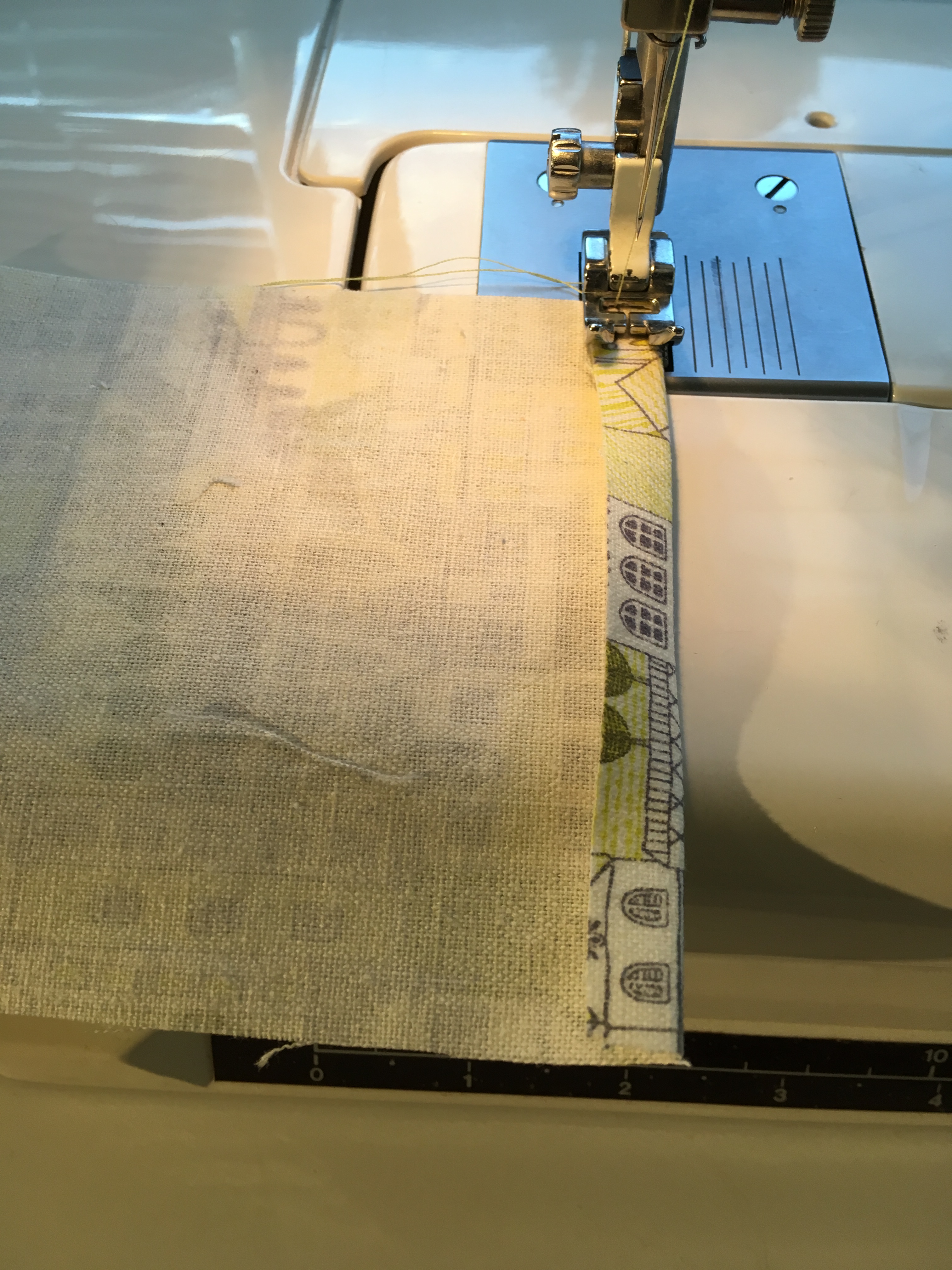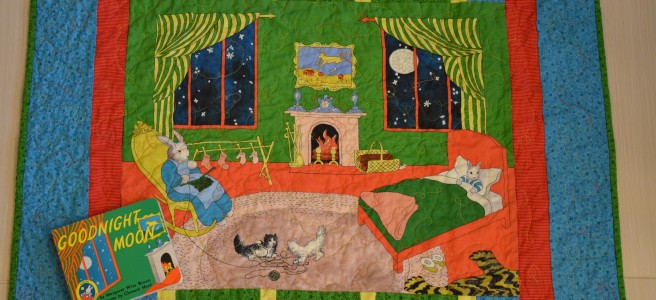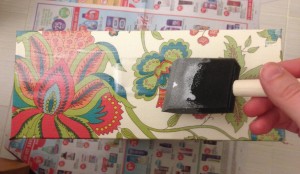It’s done. It’s taken 13 months, 1054 squares (plus extras that I cut then discarded), over 1000 yards of thread and one minor injury. Plus $201 to finish what I couldn’t. But, it’s done and I love it.
I typically prefer more traditional designs and don’t go for minimalist work (which you can tell by my choice in fabric). Our bedroom has modern (cough…ikea) furniture, art and feel to it, so I thought I would branch out and try a modern pattern. I searched high and low for fabric (everywhere from the Rocky Mountains to Japan) and finally found a good palette that would give the ombre look that I love. James and I found more than half of this fabric on our travels together last year, which makes this all the more special.
I made a long list of the number of squares I need from each fabric (in both 3 1/2″ and 3 7/8″) and got to work cutting. My scrap box filled and my interest waned, but I managed to start piecing late last fall. And then I pieced and pieced and pieced. I’m not very experienced on a sewing machine, so it went slowly, but I got there in the end.
I was ready to quilt and planned on doing a simple shadow stitch on my little Riccar sewing machine. I got through 3/4 of a line and I realized it was a lost cause. I couldn’t hold it straight enough or feed it evenly because it was too big. I tried large text books, walking foot with a quilting bar, giant table, but no dice. And then as I approached the end an old injury from playing the tuba started to come back with vengence.
So, I did what any frustrated crafter should do and banished the quilt to the naughty corner and made it think about what it did while I started to look into alternatives. I found a lovely lady who lives about 2 blocks down who has a free arm machine and was able to quilt it with a beautiful vine pattern and bind it, all for $200 dollars, and had it back to me within 4 days! As much as it pained me to have someone else do it, I was really happy with the results.
Since this was really for James and I to hopefully share for many years together, I threw together a little label using my rusty embroidery skills.
Here it is, in all of it’s glory.
If you’re interested in a good tutorial that gave me the idea of shape of the pattern for this quilt, check out this blog here.




































